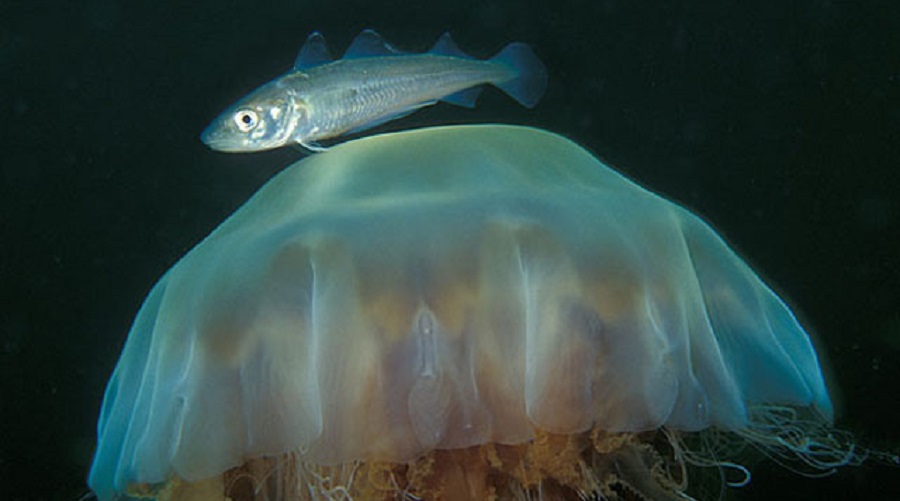
Whiting is among the demersal fish found in the eastern North Atlantic Ocean. Photo by Borut Furlan, taken from the website of our sister project FishBase.
Fish that live on or near the seafloor -known as demersal or groundfish- barely feel the impact of marine heatwaves, according to new research that highlights the need to keep seas from warming further.
In a new paper published in Nature, an international team of researchers assessed the impacts, on groundfish, of 248 sea-bottom marine heatwaves, defined as periods of at least five days with sea-bottom temperature anomalies that are well above the level expected for the season. They found that although declines in biomass did occur in some instances after short-term heat events, these were the exception and not the rule — which raises questions about the causes of this variability and demonstrates that oceans have some resilience left if we can keep to 2019 temperatures.
“There is an emerging sense that the oceans do have some resilience, and while they are changing in response to global warming, we don’t see evidence that marine heatwaves are wiping out fisheries. However, climate change-driven marine heatwaves have been previously associated with coral bleaching, species displacement and/or population changes in the affected habitat,” said Alexa Fredston, a researcher at the University of California, Santa Cruz and lead author of the study. “The extent to which marine heatwaves in general have negative ecological impacts, or whether they can be distinguished from natural and sampling variability in marine systems, remains unclear.”
Fredston and her colleagues focused on heatwaves registered between 1993 and 2019 in Northern Hemisphere shelf ecosystems in climates that range from the sub-tropics to the Arctic. Over 22 million observations were made during the study period from more than 82,000 separate hauls that comprised 1,769 demersal fish species. These were collected from 18 long-term scientific trawl surveys covering 45 degrees of latitude in the northwest and northeast Atlantic Ocean, and the northeast Pacific Ocean.
catch data
“In addition to these surveys, catch data from the Sea Around Us database were used to test trends in biomass —understood as the weight of a given population in the water— because they can be strongly affected by commercial fisheries,” said Maria ‘Deng’ Palomares, co-author of the study and project manager of the Sea Around Us initiative at the University of British Columbia’s Institute for the Oceans and Fisheries.
“There were no significant results, meaning that overall, fisheries did not seem to structure fish biomass, with or without a marine heatwave. This provides a layer of evidence that the biomass data used in the paper are representative of the demersal fish populations,” Palomares noted.
Although some species did experience significant declines in biomass following marine heatwaves, as it happened between 2014 and 2016 following a marine heatwave in the Northeast Pacific known as “the Blob” — which led to a 22% loss of biomass in the Gulf of Alaska—, overall fish biomass was only minimally affected by marine heatwaves. These changes could not be distinguished from natural and sample variability, even when adjusted for factors such as latitude, depth and individual species traits.
Additionally, there was no significant correlation between these heatwaves and tropicalization — gain of warm-affiliated species— and deborealization —loss of cold-affiliated species. These results suggest that regional impacts are highly varied, with single-species effects but a lack of general decline.
“Our research did not pick any strong signal from the parameters that were tested, and no strong signal that the biomass of fish populations was adversely affected by marine heatwaves. There are numerous drivers of course, and it might well be that there are hidden signals that were not picked up. But, the point is that biomass is neither declining nor increasing because of marine heatwaves,” Palomares said.
For the researchers, these results highlight the need to understand why marine heatwaves appear to affect some species more than others, in order to preserve these ecosystems as global temperatures continue to rise.
The paper “Marine heatwaves are not a dominant driver of change in demersal fishes” was published in Nature https://doi.org/10.1038/s41586-023-06449-y

